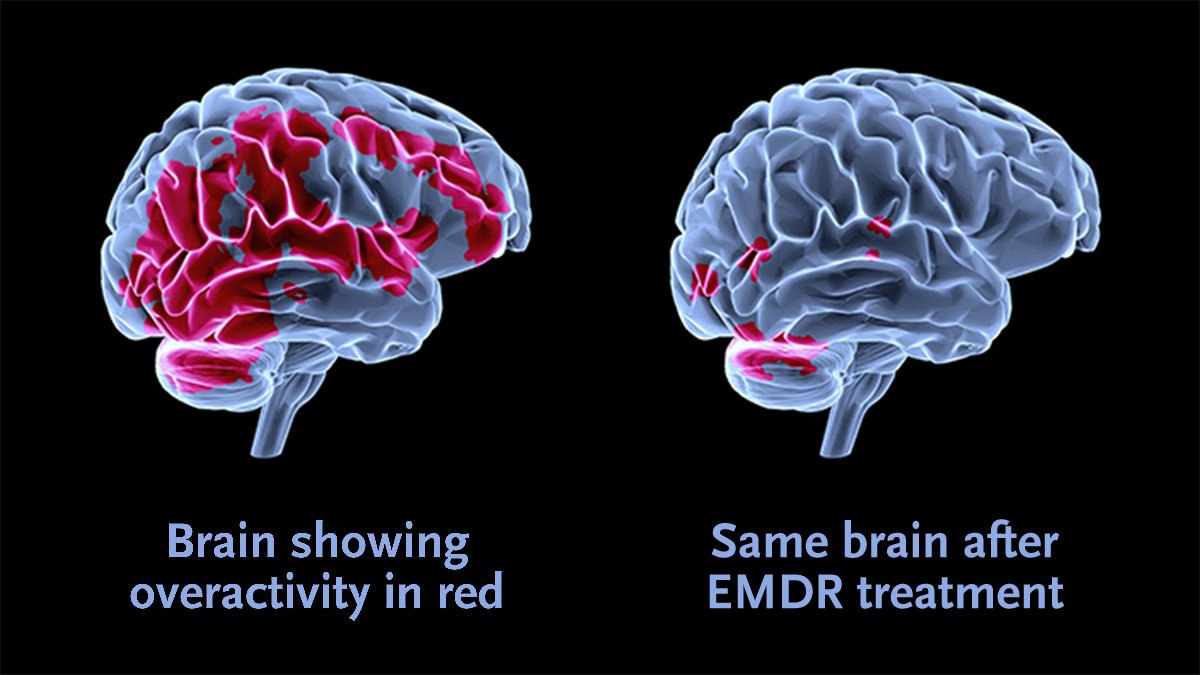What is EMDR Therapy
Eye Movement Desensitization and Reprocessing (EMDR) therapy is an innovative and evidence-based treatment designed to help individuals processing trauma and distressing life experiences. First developed in the late 1980s by Francine Shapiro, EMDR has gained recognition as an effective therapeutic approach for various psychological conditions, particularly Post-Traumatic Stress Disorder (PTSD).
Understanding EMDR
EMDR therapy works through an eight-phase approach that allows clients to reprocess traumatic memories and reduce their emotional charge over time. The phases include:
History Taking: The therapist gathers detailed information about the client's history, current concerns, and the impact of trauma on their life.
Preparation: Establishing a trusting therapeutic relationship, the therapist prepares the client for the EMDR process, explaining how the therapy works.
Assessment: The therapist identifies specific memories and associated negative beliefs that the client wishes to resolve during therapy.
Desensitization: In this phase, bilateral stimulation—typically through guided eye movements, taps, or sounds—is introduced as the client recalls distressing memories. This process helps to diminish the emotional intensity linked to those memories.
Installation: The focus shifts to reinforcing positive beliefs the client wants to associate with the traumatic memory, aiding in healthier coping mechanisms.
Body Scan: Clients are guided to notice any residual tension or discomfort in their bodies, ensuring that all aspects of the trauma have been processed.
Closure: The therapist helps the client return to a sense of calm, often using techniques to ensure emotional stability.
Re-evaluation: In subsequent sessions, the therapist and client review the progress made and assess any further areas to address.
Benefits of EMDR
The advantages of EMDR therapy extend beyond treating PTSD. Research supports its effectiveness for anxiety, depression, phobias, and complex trauma. Some notable benefits include:
Rapid Results: Many clients experience significant relief after just a few sessions, unlike traditional talk therapy, which can take longer to yield results.
Non-Invasive: EMDR therapy does not require the patient to detail every aspect of the trauma, making it less daunting for some individuals.
Holistic Approach: The therapy integrates cognitive, emotional, and physical components, promoting overall healing.
Adaptability: EMDR can be tailored for different demographics, including teens, veterans, and those navigating specific life stressors.
Who Can Benefit from EMDR?
EMDR therapy is suitable for anyone who has experienced trauma, whether it is acute (such as a natural disaster or accident) or chronic (such as ongoing abusive relationships). Its versatility makes it effective for individuals, couples, and families dealing with various psychological issues.
Conclusion
EMDR therapy presents a powerful option for healing from trauma and emotional distress. Its structured approach and proven efficacy make it a viable choice for those seeking relief from their experiences. If you or someone you know is struggling and interested in exploring EMDR, consider reaching out to a licensed mental health professional for support and guidance.

